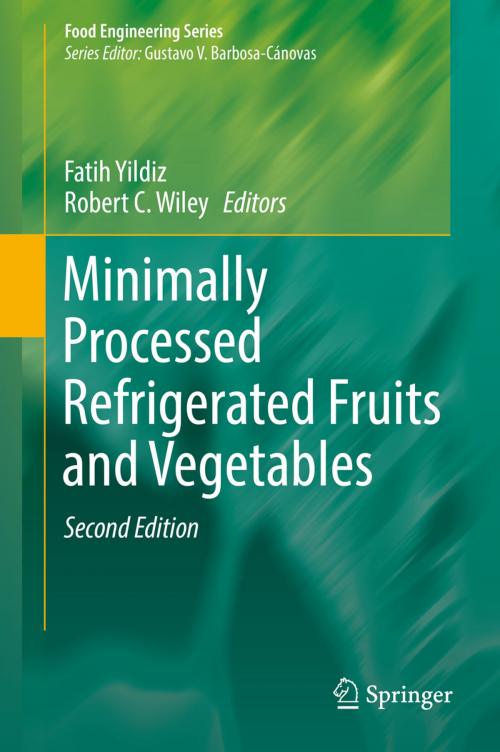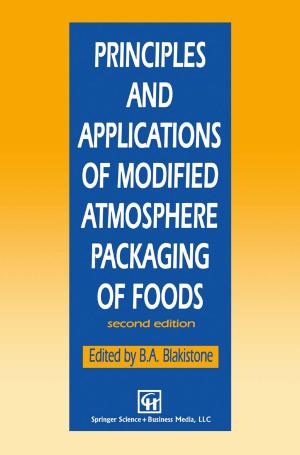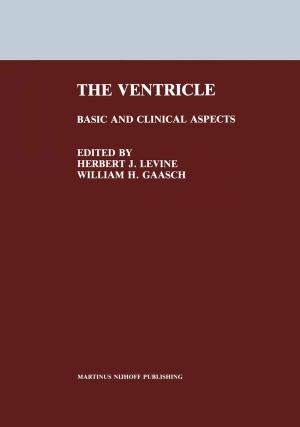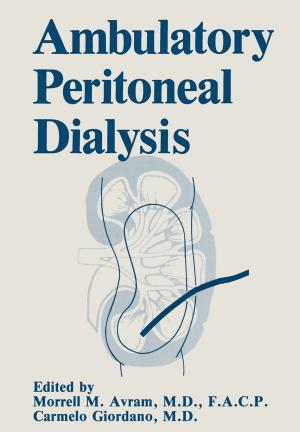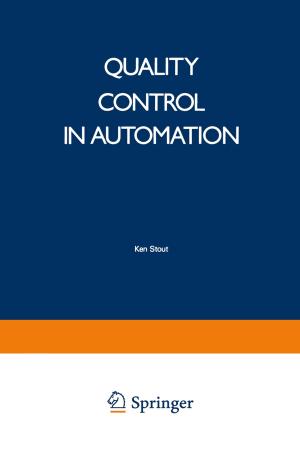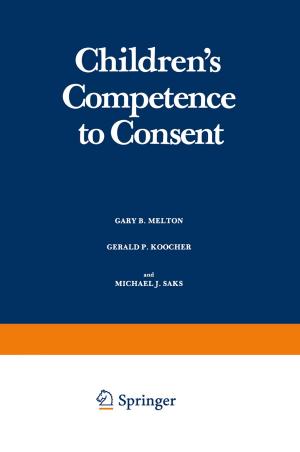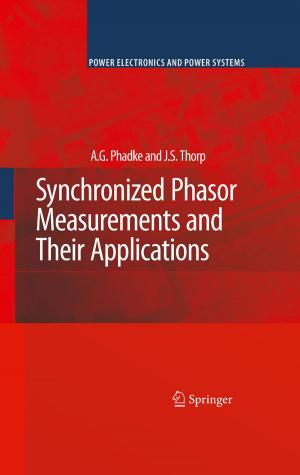Minimally Processed Refrigerated Fruits and Vegetables
Nonfiction, Science & Nature, Science, Chemistry, General Chemistry| Author: | ISBN: | 9781493970186 | |
| Publisher: | Springer US | Publication: | May 11, 2017 |
| Imprint: | Springer | Language: | English |
| Author: | |
| ISBN: | 9781493970186 |
| Publisher: | Springer US |
| Publication: | May 11, 2017 |
| Imprint: | Springer |
| Language: | English |
The first edition of Minimally Processed and Refrigerated Fruits and Vegetables, edited by Robert C. Wiley and Fatih Yildiz, was published in 1994. At the time of publication, this was a new concept and was well-received by the scientific community. Minimally processed foods are whole plant tissues (the identity of the plant tissue is recognized by consumers), which may contain active enzymes, live tissues, and plant cells. These are some of the basics for the healthy food design.
The overall function of these foods is to provide convenient (ready-to-serve, ready-to cook, free of any pesticides and contaminants),like-fresh products for food service and retail consumers. Minimally Processed and Refrigerated Foods (MPR) have been popular in many countries. The following are some of the advantages offered by MPR produce foods: 1. Ease of portion control in the food service industry 2. Lower transportation cost (all inedible portions of the produce are removed prior to transportation) 3. No waste is generated at the point of consumption 4. Utilization and recycling of the waste is much easier 5. Value-added new fruit and vegetable products and meal development is possible and easy 6. No requirement is needed for phytosanitary control during trade 7-No glycation end products formation during processing, 8.Degree of food processing is minimized for optimal health of human, the processing plant for MPR produce, which is not addressed in any other books on this topic, will be described in this second edition. Also, comparison of minimal processing technologies with other technologies was explained in the first publication and will be updated in this second edition. During the last 200 years the purpose of food processing was a-safety(sterilization, Pasteurization,1804 Nicholas Apert,Pasteur 1867), and b-prevention of deficiency diseases(Enrichments),but MPR foods provides a two new dimensions to food processing ; a-Prevention of chronic diseases(bioactive compounds) and b-Optimum health (functional foods,Superfoods,Neutraceuticals, and Medical foods) for human.
The first edition of Minimally Processed and Refrigerated Fruits and Vegetables, edited by Robert C. Wiley and Fatih Yildiz, was published in 1994. At the time of publication, this was a new concept and was well-received by the scientific community. Minimally processed foods are whole plant tissues (the identity of the plant tissue is recognized by consumers), which may contain active enzymes, live tissues, and plant cells. These are some of the basics for the healthy food design.
The overall function of these foods is to provide convenient (ready-to-serve, ready-to cook, free of any pesticides and contaminants),like-fresh products for food service and retail consumers. Minimally Processed and Refrigerated Foods (MPR) have been popular in many countries. The following are some of the advantages offered by MPR produce foods: 1. Ease of portion control in the food service industry 2. Lower transportation cost (all inedible portions of the produce are removed prior to transportation) 3. No waste is generated at the point of consumption 4. Utilization and recycling of the waste is much easier 5. Value-added new fruit and vegetable products and meal development is possible and easy 6. No requirement is needed for phytosanitary control during trade 7-No glycation end products formation during processing, 8.Degree of food processing is minimized for optimal health of human, the processing plant for MPR produce, which is not addressed in any other books on this topic, will be described in this second edition. Also, comparison of minimal processing technologies with other technologies was explained in the first publication and will be updated in this second edition. During the last 200 years the purpose of food processing was a-safety(sterilization, Pasteurization,1804 Nicholas Apert,Pasteur 1867), and b-prevention of deficiency diseases(Enrichments),but MPR foods provides a two new dimensions to food processing ; a-Prevention of chronic diseases(bioactive compounds) and b-Optimum health (functional foods,Superfoods,Neutraceuticals, and Medical foods) for human.
